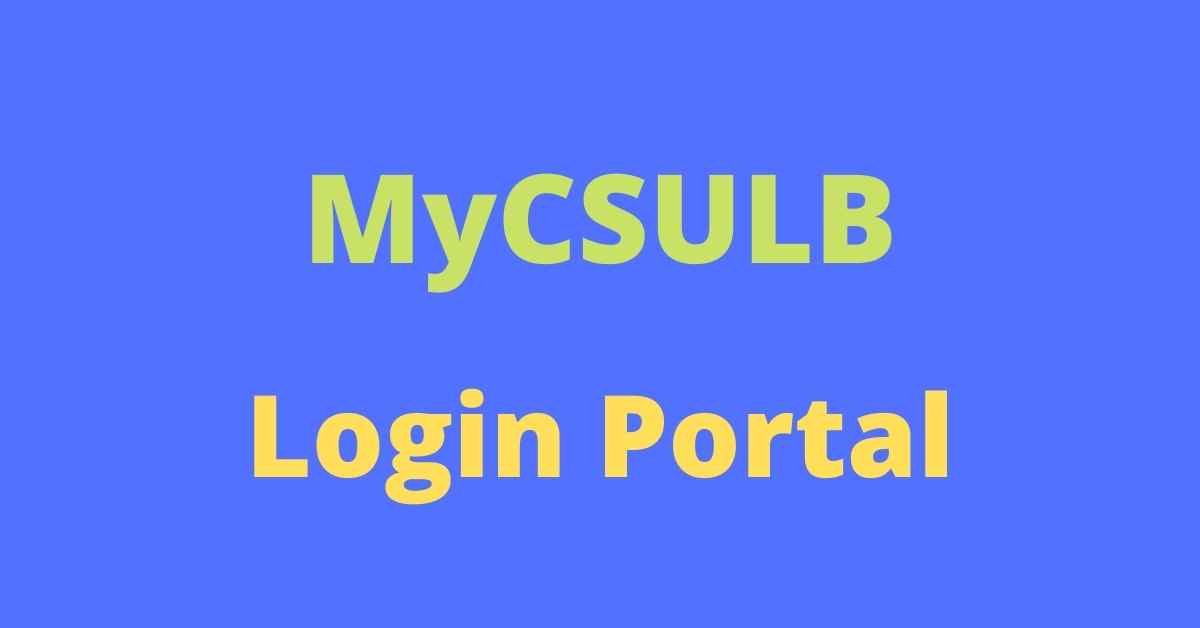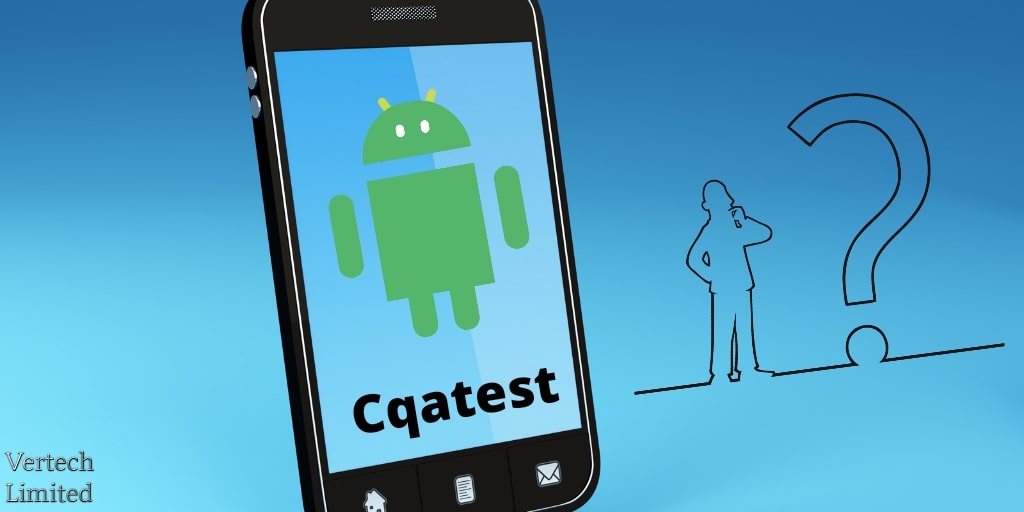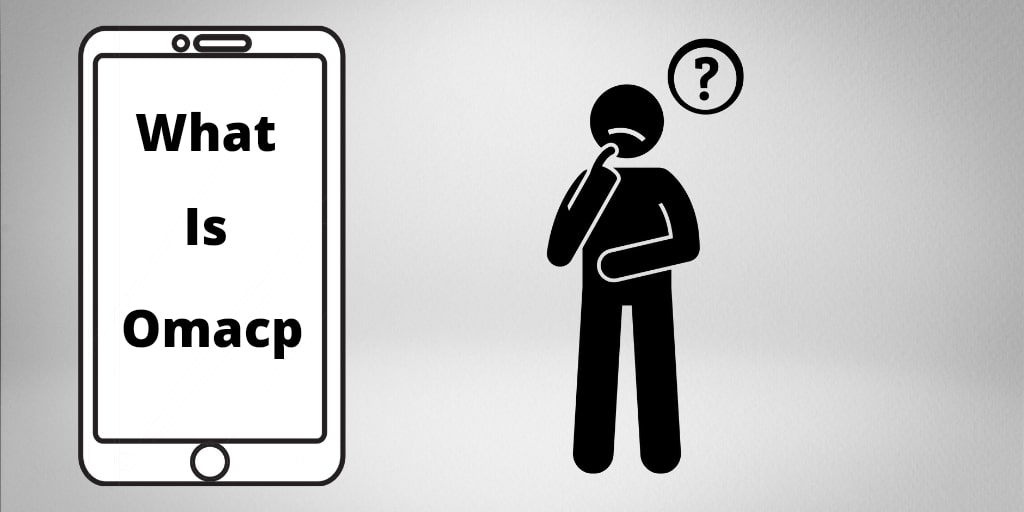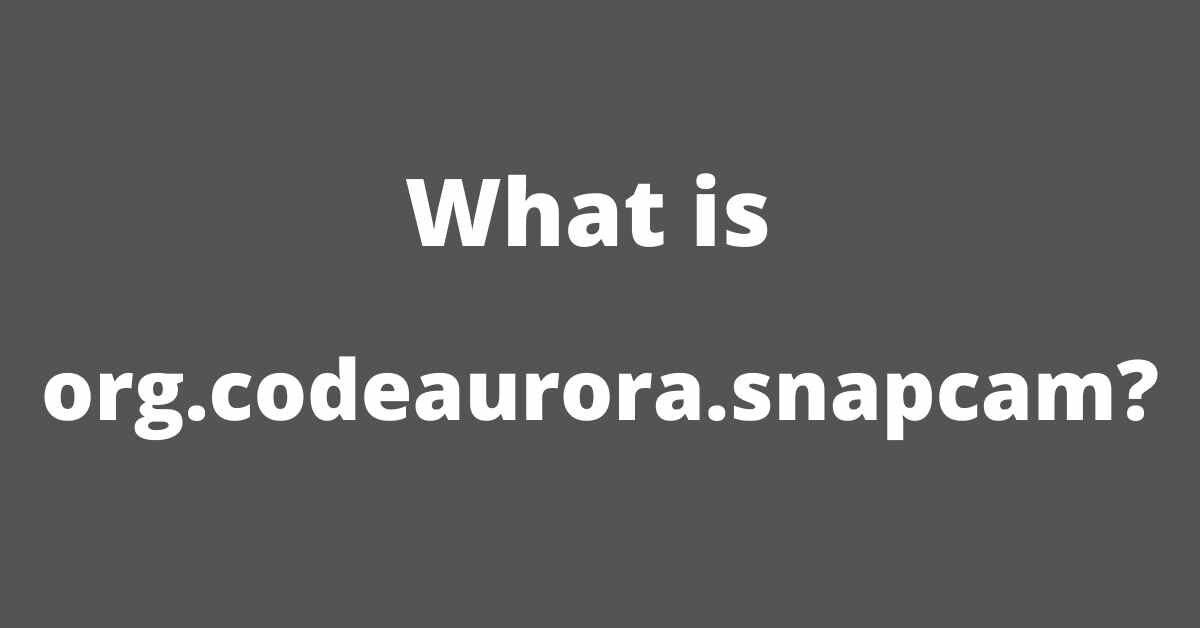Artificial Intelligence
Best Tips To Post-Edit AI-Generated Translations
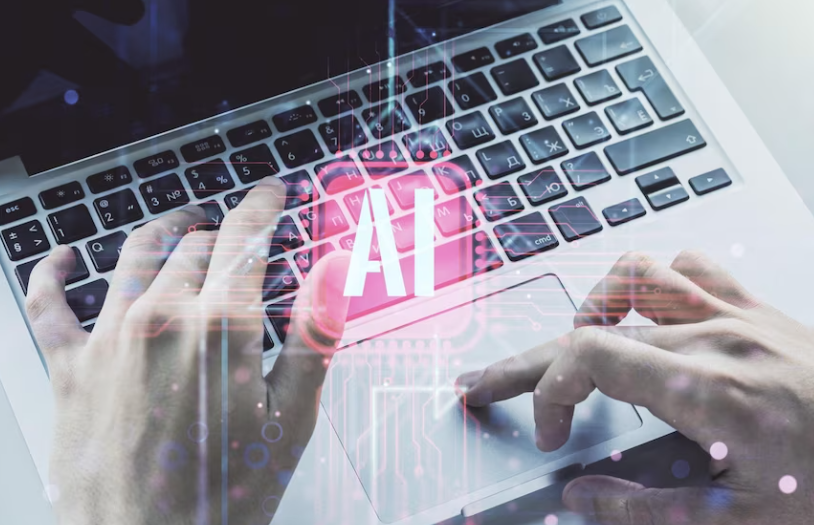
AI translation systems are getting popular these days because of their ability to generate high-speed and cost-effective translations. The real question is, are these AI-powered tools reliable enough for professional translations? Well, machine translation does have some drawbacks. That’s why post-editing is important to improve the translation quality and eliminate all errors. The method is referred to as machine translation post-editing (MTPE). Professional agencies also use this method to effectively manage their everyday translation volumes without overburdening the translators.
In this article, we’ll discuss the right practices to use while post-editing AI-generated translations.
Drawbacks of AI-Generated Translations
AI-generated translations are not perfect and have a high tendency to make mistakes. An AI translation tool receives the source text and translates it into the target language. It typically doesn’t take any extra requirements and guidelines as input. It increases its chances of creating irrelevant and out-of-context translations. Although it is a cost-effective and quick way of generating translations, it does have quality issues that need to be addressed through post-editing.
Best Editing Practices for AI-Generated Translations
Understand AI Software algorithm
Firstly, the editor should be someone who understands how the AI tools work in the first place. Unless s/he actually knows about the working of algorithms s/he can’t really be able to find potential gaps in translations and other quality issues. Not all Al-generated tools work similarly, they follow particular rules, have specifically designed algorithms, and set large databases that determine the level of quality they are likely to produce. Some tools might need more editing than others. They might have their specific areas of expertise, where they are more likely to perform better.
Look For logical Errors
Most AI tools have their built-in error detection mechanism, and they don’t really make stupid grammatical and punctuation mistakes. However, there are still high chances of logical errors in your AI-generated translations. For instance, translating “figure lick-in good” to “eat off your fingers” is quite an illogical translation. Well, we can say that it was an AI-generated slogan but it was indeed bad translation and bad editing. Translators have to make sure that their translations don’t have such illogical mistakes and that translations are completely making sense to the audience.
Make Sure the Context Is Right
The idea behind translations is to recreate your original brand message in a way that is resonating with your target customers. The real job of an editor is to ensure that the translation is well-aligned with the original text. So that it effectively communicates the brand message to your overseas audience. Double-check the translation provided with the source text to figure out where the translation is diverting from the actual text. When it comes to the cultural relevance of translations, only native editors with good cultural knowledge can detect the lack of cultural resonance. That’s why it is important to appoint an editor that is well aware of the target culture and able to defect if anything is going against the culture and social values of the target audience.
Maintain Tone and Style
Your professional translation management system used for AI translation generation might not take any instructions and glossaries related to the tone and style of translations. It is also a reason why the AI-generated translations are never consistent, and they keep changing the tones. It is the responsibility of editors to improve the tone and style of translated documents to make them reflect the true voice of your brand. Also, editors have to follow the proper editorial guidelines to make their translations fulfill the actual brand requirements.
Improve Cultural References and Complex Terminology Translations
As stated earlier, AI tools are not well aware of the cultural context of translations. So you don’t expect them to maintain the cultural aspect of translations. Moreover, no matter if you are using the best localization management platform for AI translation, the complex translation terminology might remain unchanged, or the translated terms are not well fitted to your brand ideology. If the translation is culturally sensitive then it must reflect the culture of the target region. Similarly, complicated terms used in medical and financial translations must be changed using the right alternatives for those terms.
Use AI Content Checkers
After editing the content for all sorts of contextual, logical, and cultural mistakes, it’s time to ensure that professional AI detection software also sees it as human content. Especially, if you are translating your content for Google, your content translations must have a human tone. Otherwise, your content will have issues indexing on search engines.
Conclusion
Professional linguists must know the right way to post-edit the machine-generated AI translation to avoid all-potential quality issues. Following the best editorial practicals, you will be able to generate high-quality translations faster, more efficiently, and without putting in a lot of human effort.
-
Blog1 year ago
MyCSULB: Login to CSULB Student and Employee Portal – MyCSULB 2023
-
Android App3 years ago
Cqatest App What is It
-
Android1 year ago
What Is content://com.android.browser.home/ All About in 2023? Set Up content com android browser home
-
Software2 years ago
A Guide For Better Cybersecurity & Data Protection For Your Devices
-
Latest News2 years ago
Soap2day Similar Sites And Alternatives To Watch Free Movies
-
Android2 years ago
What is OMACP And How To Remove It? Easy Guide OMACP 2022
-
Android3 years ago
What is org.codeaurora.snapcam?
-
Business2 years ago
Know Your Business (KYB) Process – Critical Component For Partnerships











